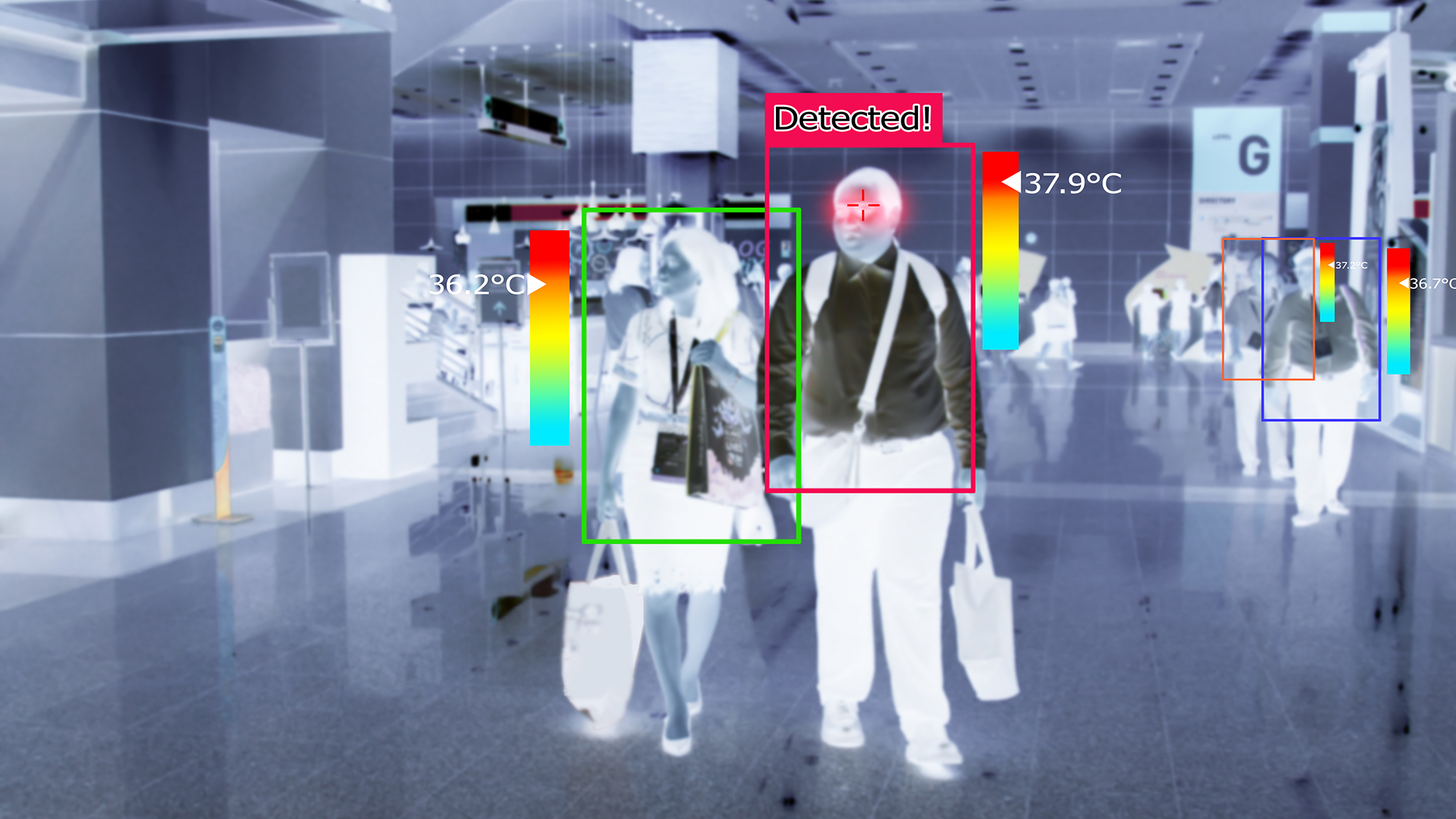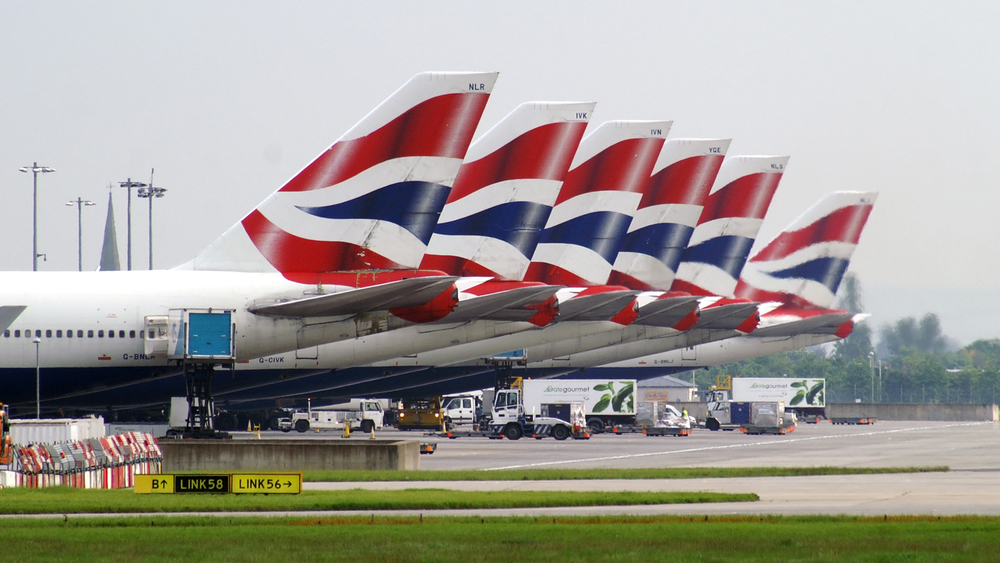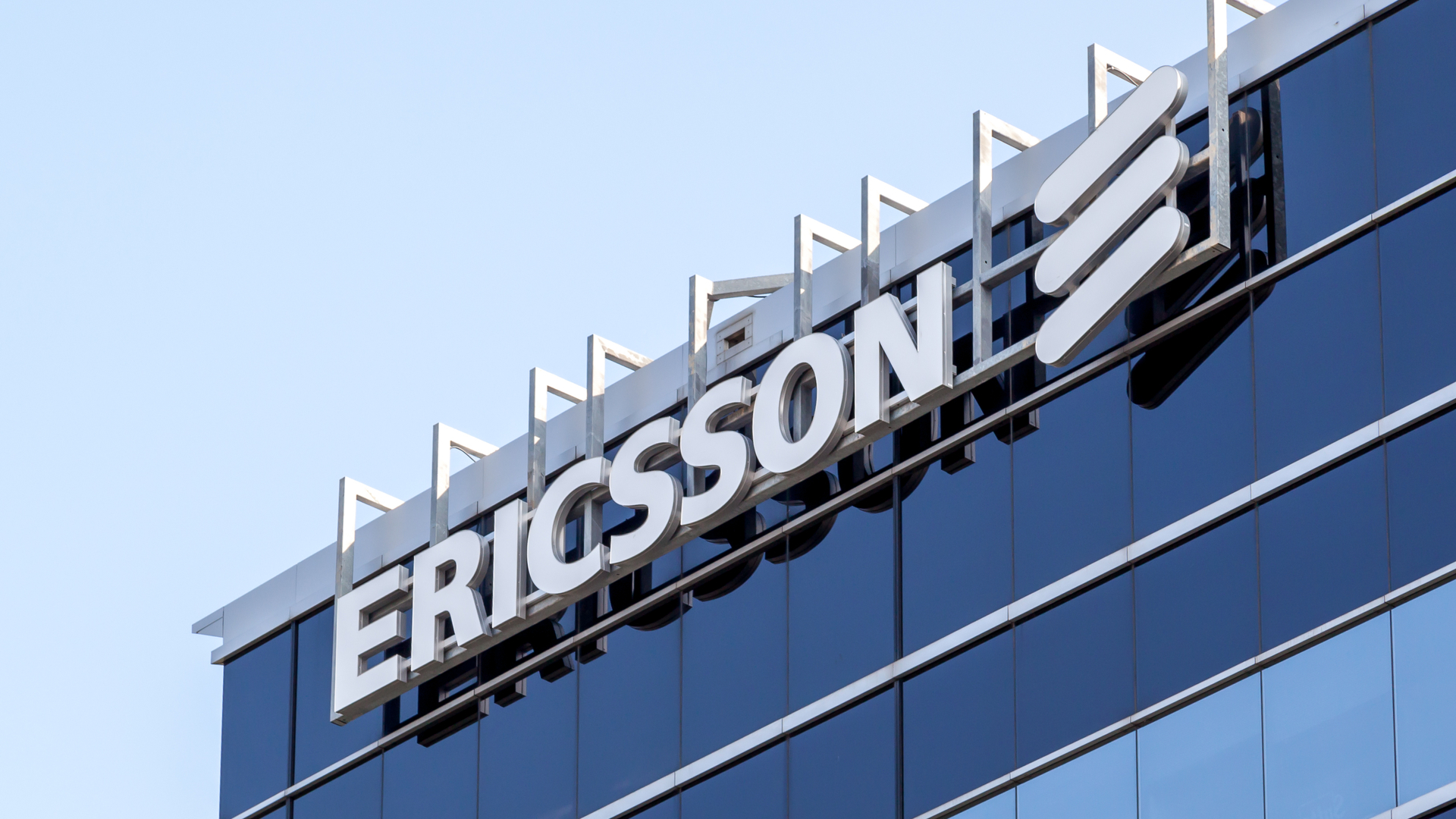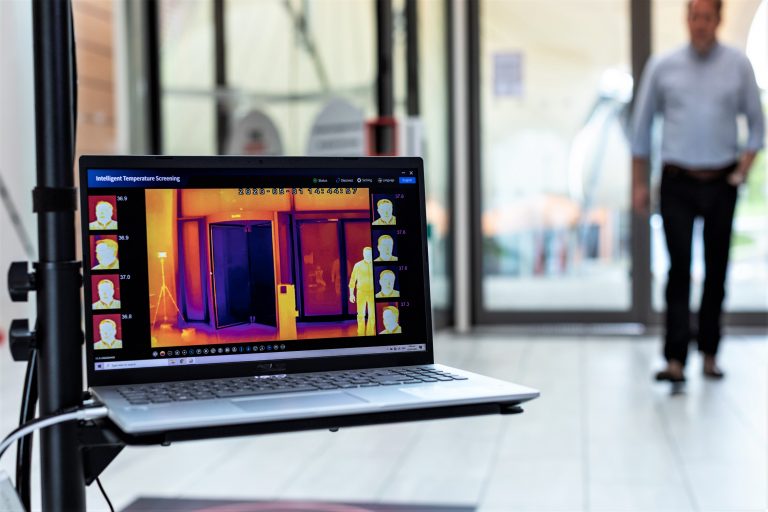How to beat coronavirus with the Internet of Things
Could IoT technology be the key to making workplaces COVID secure?


As the world continues to fight the coronavirus pandemic, the consensus among medical professionals is that social distancing – in addition to regular hand washing and wearing a face covering – is a critical tool in minimising the spread of the disease. For those who aren’t lucky enough to be able to work remotely, however, keeping 1m or more away from others when returning to their jobs might be difficult.
You can’t control where other people go, for example, nor what they touch or whether they even notice floor signs, let alone obey them. On top of this, there’s the worry that you also can’t tell who may have COVID-19, as reporting symptoms is largely up to the individual.
As the saying goes, however, necessity is the mother of invention and a number of tech companies are bringing Internet of Things (IoT)-based products to market to try and mitigate these problems.
The heat is on
By now, a lot of establishments will have a digital thermometer of some kind to check the temperatures of visitors before they come in. This has the potential to put workers at risk, however, as they have to get within range of the person being scanned.
Vodafone has developed an automated system to overcome this issue. The telecoms giant has installed a heat detection camera at the training ground of Wasps Rugby Club. The cameras combine thermal imaging and Vodafone’s IoT technology to screen the temperature of people as they enter the building at a rate of up to 100 people per minute, according to the company. The results are instantly streamed to a mobile device and from there, the data is analysed and a “discreet” alert is sent to the teams monitoring workforce, who can in turn single out those who may have a raised temperature.
The service is part of Vodafone’s ‘Enhanced Smart Vision Portfolio’, which has been built in partnership with Digital Barriers. It includes a full installation, laptop and tablet and can be securely managed 24-hours a day for larger organisations.
“With this solution in place, the exposure of a potentially infected individual to others can be decreased,” Neil Hendry, VP EMEA at Digital Barriers, tells IT Pro. “Operators can take preventative action when an alert sounds, which minimises the risk of a local lockdown and provides a safer working environment.”
Get the ITPro daily newsletter
Sign up today and you will receive a free copy of our Future Focus 2025 report - the leading guidance on AI, cybersecurity and other IT challenges as per 700+ senior executives
He adds that the system is a far more efficient process for spotting early warning signs of infection as it can be scaled up to accommodate multiple locations, with cameras streaming live into a single monitoring system which can be viewed remotely as well as locally.
Similarly, Munster Rugby Club has implemented an IoT-based solution. At its Thomond Park stadium, there is a network of strategically placed wireless sensors that can capture certain types of data, such as the number of people entering an area or changes in humidity. They’ve been developed by facilities software firm Over-C which built and sold the technology for a different purpose before the pandemic.
“The technology is primarily used to manage frontline workers through Radio-Frequency Identification (RFID) technology,” says Mike Elliot, CEO of Over-C. “In pre-COVID-19 times, this meant that frontline staff could monitor their tasks in real time, with management able to see an overview of where staff were deployed and areas where they may need to be sent in order to manage a problem. Now, as organisations prepare to get back to work, our technology is being adapted to keep both frontline staff and customers safe.”
With Over-C’s technology, workers can scan badges on mobile devices and fill out details of any symptoms they have. The handset will then prompt them to take an infrared selfie to measure their temperature. The firm also has a service called “Onsite” which monitors and arranges where the employees go within the building, reducing the risk of contamination. The idea is that if a case is reported, only those in the affected area will need to self-isolate, rather than your whole workforce.
The price of protection
There are limitations to IoT solutions for managing COVID-19, though, particularly in terms of how innovative they are with most focusing primarily on taking temperature readings. They’re not cheap, either; the KC N901 Smart Helmet, which is currently being used by law enforcement in the Netherlands, costs $9,999 (£7,562) per unit.
America’s National Basketball Association (NBA) has found a cheaper alternative. As the sport comes out of lockdown its teams have joined a bubble at the Walt Disney resort in Florida. As part of their isolation, it’s reported they will also be using wearable technology to monitor their health. It’s very common for US sports stars to win ‘championship’ rings, but to begin with they’ll be wearing coronavirus tracking ones.
Produced by Finnish startup called Oura, they’re not as costly as the KC helmet, coming in at $299 (£227). They have a more comprehensive set of features, monitoring heart rate, body temperature and calorie burn, while awake or asleep. But in terms of COVID-19 detection, once again they rely on measuring the wearer’s temperature to discern whether or not they may be infected.
Herein lies the rub: When it comes to preventing the spread of the disease, picking out people who may have the start of a fever and isolating them and the people they’ve been in close contact with isn’t enough. As public health messages across the world point out, keeping our distance from one another – along with regular hand washing – are vital elements in controlling the spread of the disease.
There are some tech firms, however, that are targeting exactly this problem. For example, Landing AI, an American startup founded by artificial intelligence (AI) guru Andrew Ng, has developed camera software that can measure social distancing.
The software creates a ‘bounding box’ for each worker and estimates said worker’s location in a birdseye view. It then highlights people whose distance is below the minimum required and then issues an alert to remind them to keep a safe distance. There’s also a cost benefit as there’s no new hardware to buy – buyers can integrate it all with existing camera systems they have on site.
Creating a ‘COVID Secure’ environment as we wait for the pandemic to wane won’t be easy, and we will likely be living with ebbs and flows of infection rates for some time. By using IoT technology focused on heat detection or biological data, rather than more fallible methods like self-reporting and easily ignored tape stuck 2m apart on the floor, however, organisations have a greater chance of preventing a mass outbreak and returning to something more closely resembling “business as usual”
Bobby Hellard is ITPro's Reviews Editor and has worked on CloudPro and ChannelPro since 2018. In his time at ITPro, Bobby has covered stories for all the major technology companies, such as Apple, Microsoft, Amazon and Facebook, and regularly attends industry-leading events such as AWS Re:Invent and Google Cloud Next.
Bobby mainly covers hardware reviews, but you will also recognize him as the face of many of our video reviews of laptops and smartphones.
-
 Bigger salaries, more burnout: Is the CISO role in crisis?
Bigger salaries, more burnout: Is the CISO role in crisis?In-depth CISOs are more stressed than ever before – but why is this and what can be done?
By Kate O'Flaherty Published
-
 Cheap cyber crime kits can be bought on the dark web for less than $25
Cheap cyber crime kits can be bought on the dark web for less than $25News Research from NordVPN shows phishing kits are now widely available on the dark web and via messaging apps like Telegram, and are often selling for less than $25.
By Emma Woollacott Published
-
 4G and 5G protected a fifth of UK business during lockdown
4G and 5G protected a fifth of UK business during lockdownNews Mobile connectivity managed to preserve £205 billion of business for the UK between March and September, O2 claims
By Sabina Weston Published
-
 Have coronavirus conspiracies damaged the rollout of UK 5G?
Have coronavirus conspiracies damaged the rollout of UK 5G?In-depth 5G was already the target of health scares and rumours – the eruption of COVID-19 has only made it worse
By Keri Allan Published
-
 Non voyage: Coronavirus, Brexit and the future of business travel
Non voyage: Coronavirus, Brexit and the future of business travelIn-depth The current pandemic and the UK’s impending departure from the EU could have grave consequences for corporate travel
By Carly Page Published
-
 Ericsson increases 5G forecast as data demand surges
Ericsson increases 5G forecast as data demand surgesNews Coronavirus pandemic has resulted in increased demand due to widespread remote working
By Sabina Weston Published
-
 Vodafone launches IoT-enabled camera to screen employee temperatures
Vodafone launches IoT-enabled camera to screen employee temperaturesNews The device delivers accurate information on real-time body temperature
By Sabina Weston Published